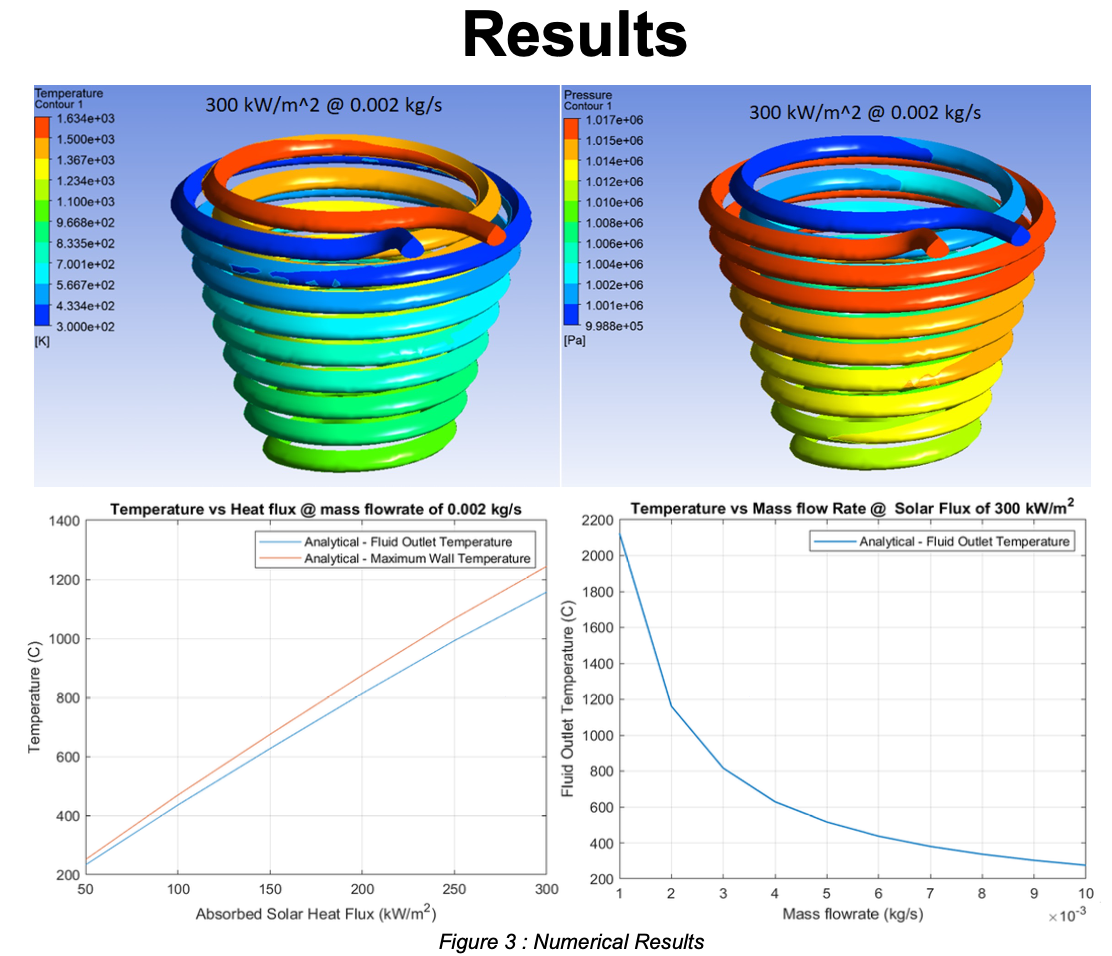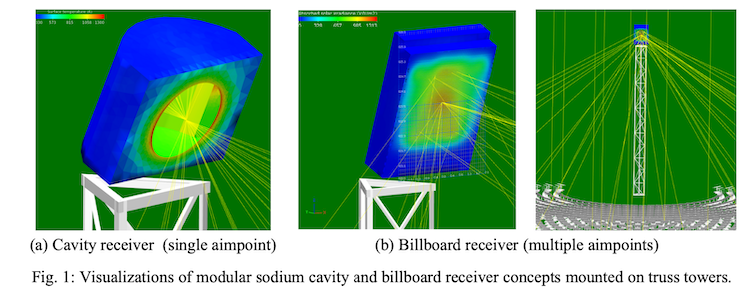Result of a 3D-Printed solar receiver of honeycomb mesh shows the heat distribution through the tubes carrying the air that acts as heat transfer fluid IMAGE©OmarBehar, KAUST A 3D-Printed solar receiver could solve some problems holding back a new technology: High-temperature solar receivers – for solar thermochemistry and industrial heat – can be prone to …
Continue reading “3D-Printed solar receiver of honeycomb mesh to spread heat evenly”





